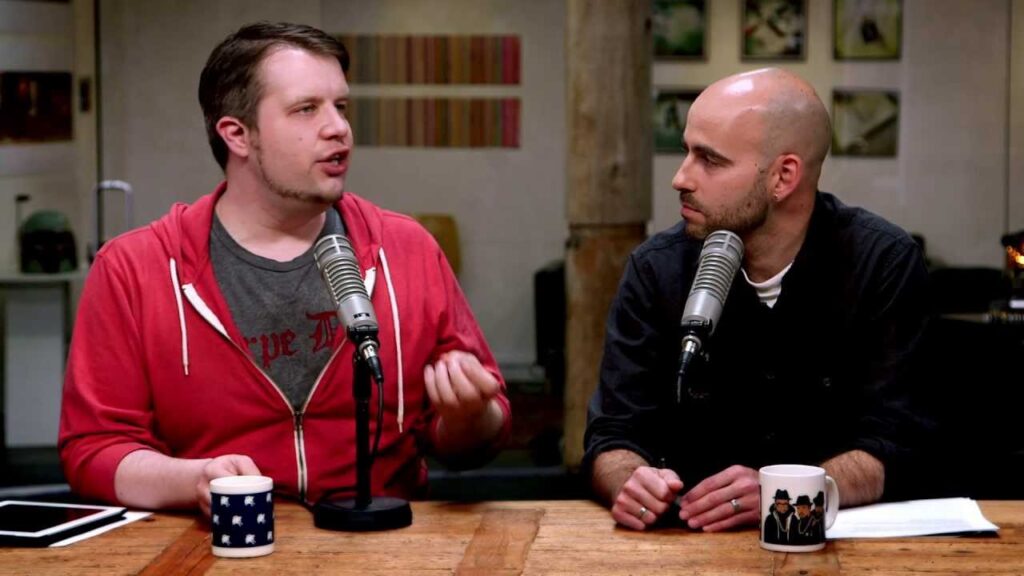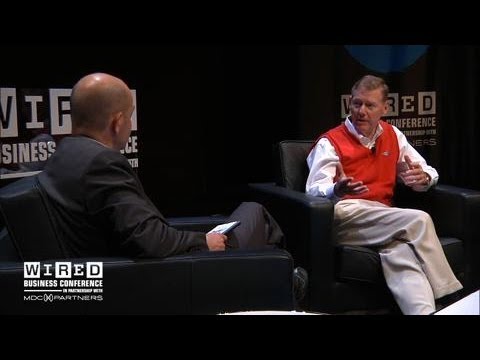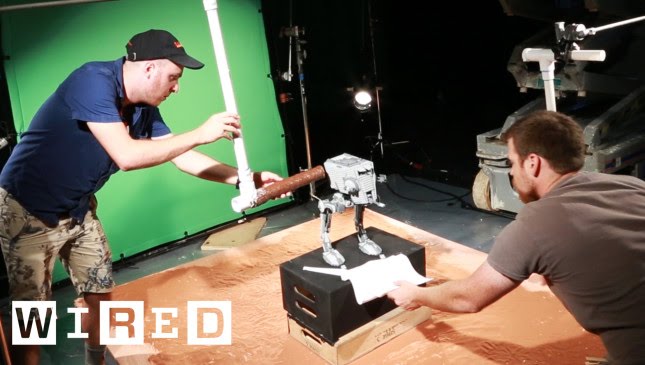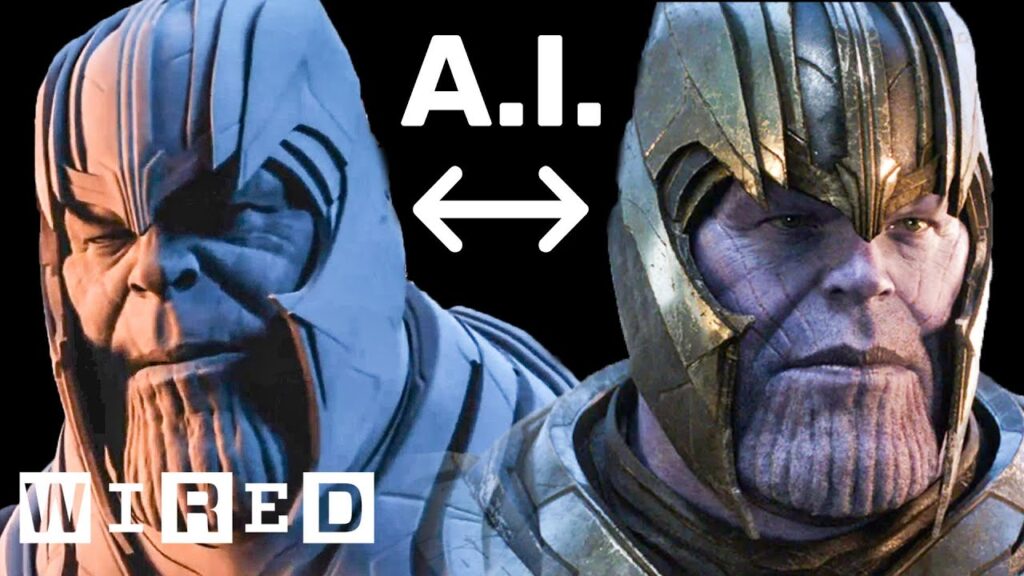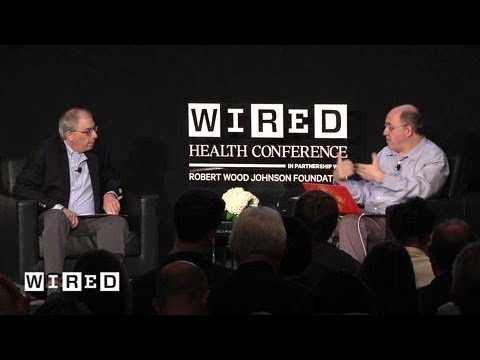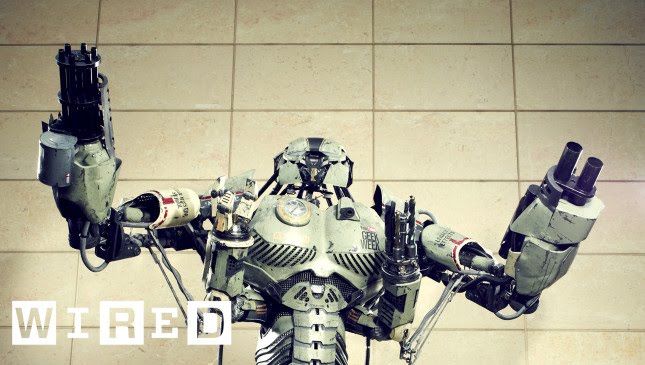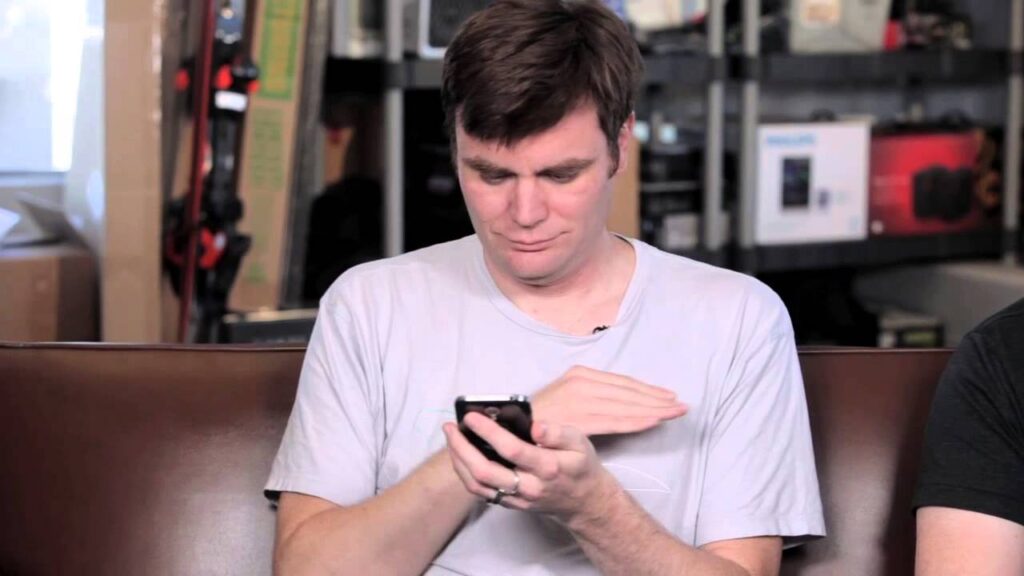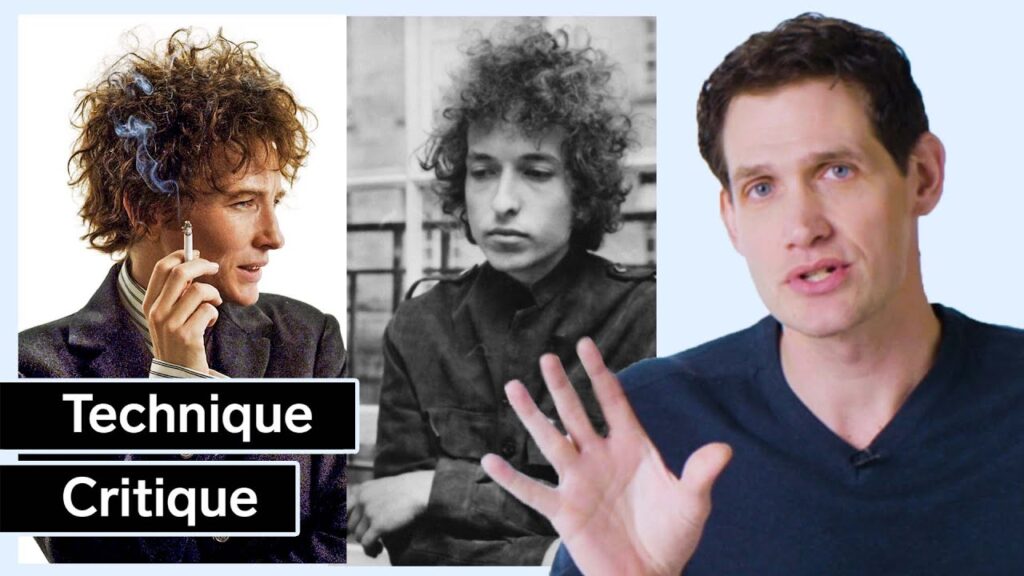Breaking Down the Stop-Motion Animation Techniques in Aardman Studio’s “Robin Robin”
Summary
The young directing duo behind Aardman Studio’s Netflix film “Robin Robin” pushed the envelope of stop-motion animation techniques while staying true to the artisanal spirit of Aardman. The film’s entire world is handcrafted, with every snowflake and puppet carefully created and shot in-camera. The blog post breaks down the timeline and techniques used for the film, including the script and design phase, the creation of rough animations, puppet building, set design, lighting, and compositing.
Table of Contents
- The Script and Design Phase
- Creating the Rough Animation
- Puppet Building and Scaling
- Set Design and Lighting
- Compositing and the Use of Depth
The Script and Design Phase
The Netflix film “Robin Robin” took about two years to complete, with nearly a year dedicated to the script and storyboard creation process. A color script of the film was made to help convey the story with the use of color. The film’s young directing duo championed new textures and visual techniques while sticking to the artisanal spirit of Aardman.
Creating the Rough Animation
Before shooting could begin, a rough animatic was created from storyboards stitched together with scratch sound and music. The animatic is a rough impression of what the film would look like. Animators and the team had initially around eight months to build the animatic, and it is made from storyboards and edited together with scratch sound and music.
Puppet Building and Scaling
The stop-motion animation technique requires shooting scenes simultaneously, which means crafting multiple puppets of each character, each in different scales. The film “Robin Robin” required five different puppets of each character in at least three different scales. The team built a total of 75 puppets, including nine robins, 11 magpies, 20 mice, four cats, four squirrels, three frogs, and three hedgehogs.
Set Design and Lighting
Every set was built specifically for a particular set of shots to provide the best scenic look required. The art department is always busy crafting the next set, and every set had to break apart and move around. The rigging department had a lot of scaffolding that went into moving the puppets around. The camera department handles most of the lighting preparations in limelight, which are then painted with light.
Compositing and the Use of Depth
Each element in the film “Robin Robin” was filmed, and there were no CG backgrounds. The depth was achieved by shooting different planes and elements separately on green screen before being composited by a visual effects team. The team used a stereoscopic technique of shooting two frames slightly angled to capture depth useful in embedding many elements.
Conclusion
Through innovative techniques and a rigorous pre-production regimen, the young directing duo behind “Robin Robin” was able to push the boundaries of stop-motion animation while staying true to the artisanal spirit of Aardman Studio. The film is an excellent example of how the symbiosis with technology allows artists to bring their vision to life in ever more creative and complex ways.
